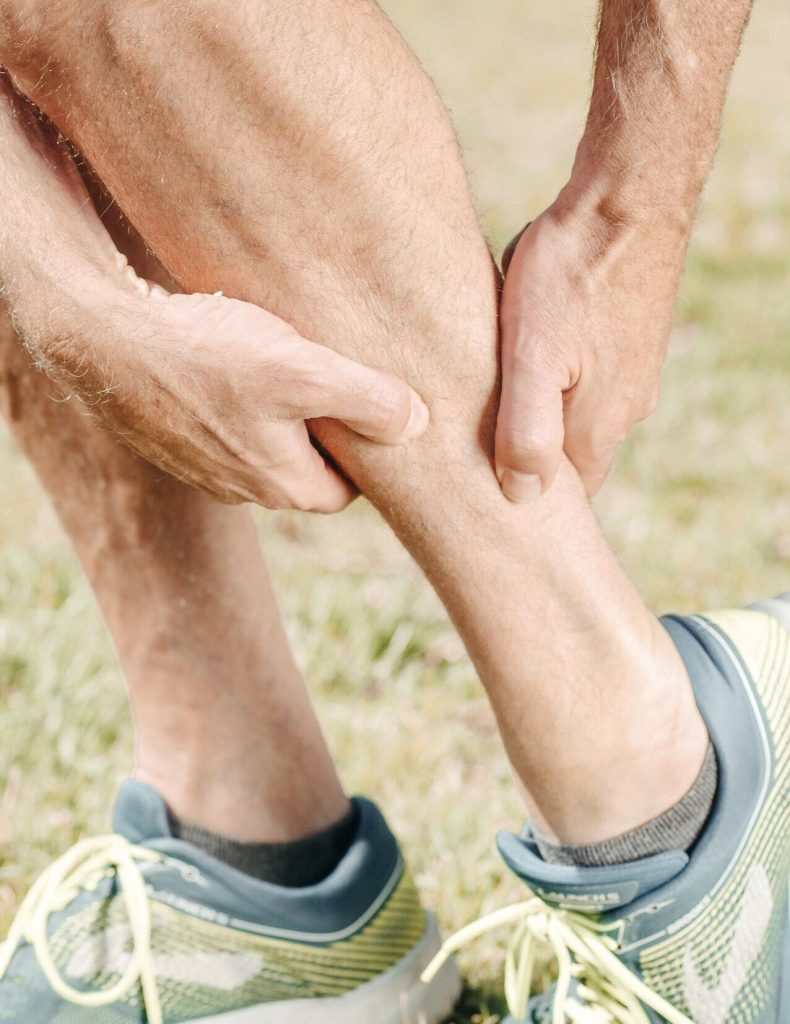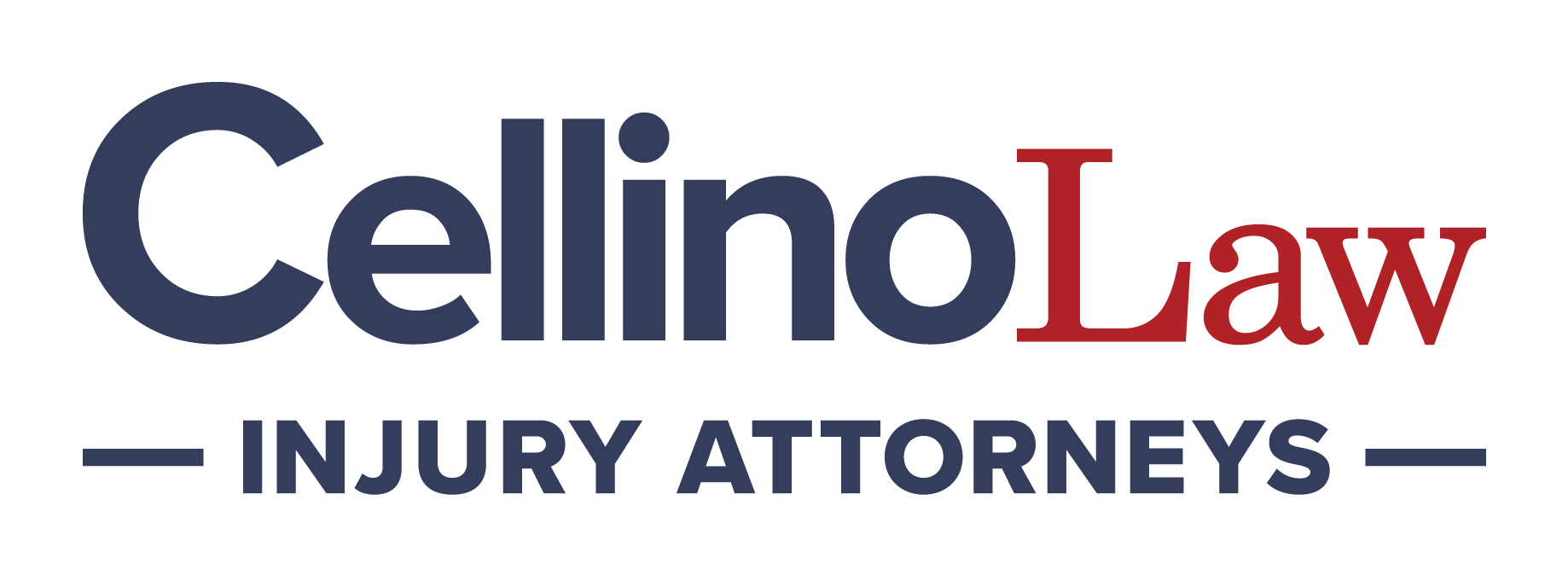 When you experience a slip-and-fall accident, you also experience a combination of emotions like shock, fear, anger, and pain. If your accident occurs in a public space, you may need help sorting out how to obtain compensation for the damages you suffered in your fall.
When you experience a slip-and-fall accident, you also experience a combination of emotions like shock, fear, anger, and pain. If your accident occurs in a public space, you may need help sorting out how to obtain compensation for the damages you suffered in your fall.
When you’ve tripped on a root in the road in Central Park and injured yourself, a premises liability attorney can help you navigate the process of filing a claim for your damages to get back to living your life.
What Is a Trip and Fall Accident?
A trip and fall accident is a kind of premises liability and personal injury claim. You can file a compensation claim if you have a trip and fall accident and suffer an injury due to another person or entity’s negligence. If the other party is determined to have been negligent, compensation may cover damages such as medical expenses and lost wages.
Proving your case requires significant time and sufficient evidence that the other party was negligent. Your trip and fall attorney may ask you for the following documentation to help support your case:
- Receipts and bills for related medical expenses
- Photographs and X-rays of injuries
- Evidence of unrecovered wages from missed work
- Proof linking you to the scene, such as photos, call logs or texts
- Documentation of the unsafe conditions on the scene
What Is Premises Liability?
Property owners owe a “duty of care” to individuals reasonably expected to be present on that property. For instance, restaurant owners can reasonably expect people to enter and leave their premises during business hours. Therefore, the owners must remove or post warnings about known hazards and keep the premises in a safe and accessible state.
Similarly, government entities own or maintain public properties, and those “owners” have a duty of care to any persons on the premises. For example, though it’s a public space, the beautiful and extensive Central Park is owned by New York City’s Department of Parks and Recreation. While the everyday operations of Central Park are managed by a private company under contract to the city, the safety and accessibility of the park are the responsibilities of the city. Proving a premises liability claim means providing evidence of the following:
- A dangerous condition existed on the premises
- The owner had notice of the condition
- The dangerous condition caused an accident
The question of notice requires intensive evidence gathering and documentation. Reasonable notice can appear in any of several forms, i.e. the owner was made aware of the condition or the condition existed long enough for the owner to recognize it.
Who Pays for Damages in an Accident on Public Property?
If your trip and fall accident occurs in a public area, such as a park or government building, you and your attorney will sue the appropriate government agency. In the case of Central Park, you file a claim against the City of New York. The Administrative Code for New York City allows you to file claims against the city for injuries suffered in a trip and fall accident on a walkway or road in Central Park.
Your lawyer will first file a Notice of Claim with the city. The Notice of Claim describes the accident and lets the city know that you, the plaintiff, intend to sue for damages. From there, your attorney begins gathering evidence to bring the case to court.
New York is a pure comparative negligence state, which means that if the court finds the plaintiff partially responsible for the accident, the award is decreased by that amount. For example, if you are awarded $100,000 but found to be 20% liable for the accident, you will still receive 80%, or $80,000.
How To Prove Government Liability
An experienced premises liability attorney can help with the extensive documentation and filings required in a personal injury claim against New York City. Attorneys file paperwork, gather and organize the evidence and prepare everything to support your claim of negligence against the city. Defendants may assert that they are not fully liable for your fall in Central Park using the following arguments:
- Comparative Negligence: The defendant argues that the plaintiff bears some liability for the accident.
- Open and Obvious Hazard: The hazards in the road are so noticeable that the plaintiff should have seen them and taken steps to avoid them.
- Lack of Prior Notice of Hazard: The city must have received documentation of the hazard in writing and failed to repair it 15 days before the accident.
Similarly, suppose you’re considering a claim against the city for your fall in Central Park. In that case, you should consider some key elements of the process that may complicate your progress: sovereign immunity, a notice of claim and the statute of limitations.
Sovereign Immunity
Sovereign immunity protects the City of New York from lawsuits unless the city consents to the legal action. If, however, the plaintiff adheres to the stringent deadline for the Notice of Claim and other guidelines, New York waives its sovereign immunity.
Notice of Claim
Plaintiffs must file a notice of claim within the strict 90-day timeframe established by the city. This filing bypasses the municipal immunity and allows your claim to go forward. Plaintiffs, or their attorneys, must file a notice of claim with the City Comptroller.
Statute of Limitations
In addition to the 90-day deadline for filing a notice of claim, plaintiffs must commence a lawsuit against the city within one year and 90 days. If you miss either of these deadlines, the course will likely dismiss your case.
How Can a Premises Liability Lawyer Help?
Filing the notice of claim with the City Comptroller is just the first step on the potentially long journey to compensation for your trip and fall accident. Your attorney will investigate your claim and gather evidence to protect your rights as you fight for the damages you deserve. Experienced attorneys may take some of the following actions to pursue your claim:
- Visit, inspect and photograph the accident location
- Interview witnesses and secure any video footage
- Gather police and incident reports
- Compile available records of similar accidents at the site
- Request access to all related medical records
In addition, your lawyer might contact premises experts such as architects or engineers for information about the site and may retain medical experts for later testimony. Your lawyer will also demand sworn statements from all parties involved in the lawsuit while also carefully analyzing your economic losses, such as lost wages.
Where To Find a Premises Liability Lawyer in Manhattan?
When you’re the victim of an accident in Central Park, your personal injury and premises liability lawyer must prove that the city was negligent while also defending against claims that you bear responsibility. A trip and fall accident in Central Park can disrupt your life with injury and pain.
Let the experienced premises liability lawyers at Cellino Law take care of the complicated legal procedures and strict deadlines for filing a claim against the City of New York. Get started today by reaching out to us for a free case review. We take care of the legal side of things so you can take the time to focus on healing and getting on with the rest of your life.

